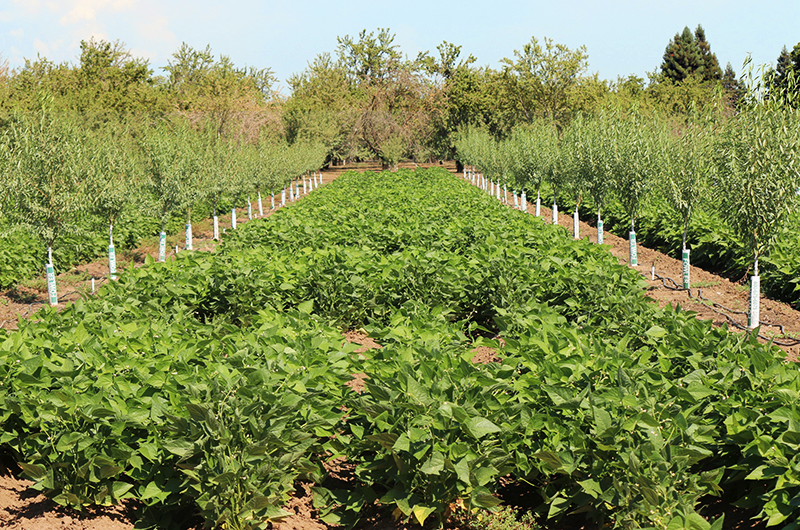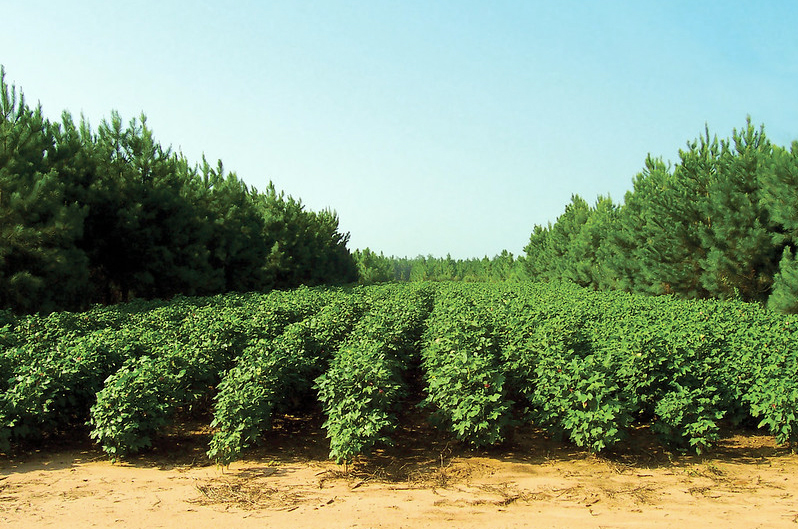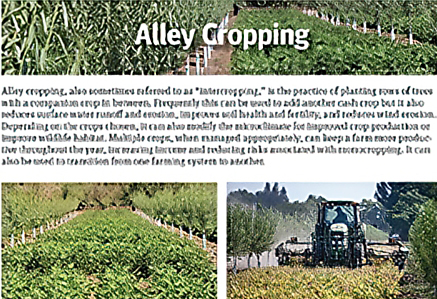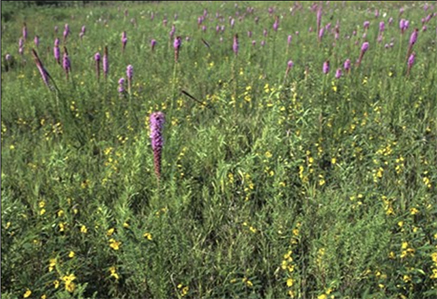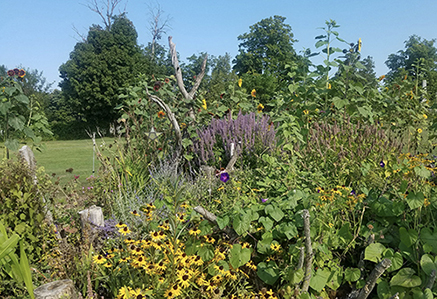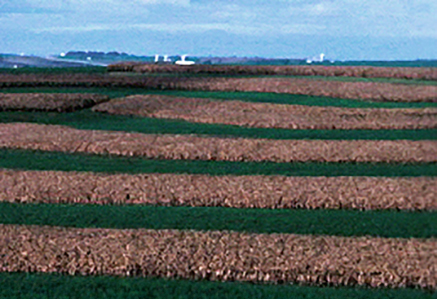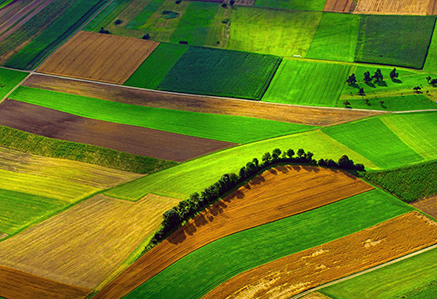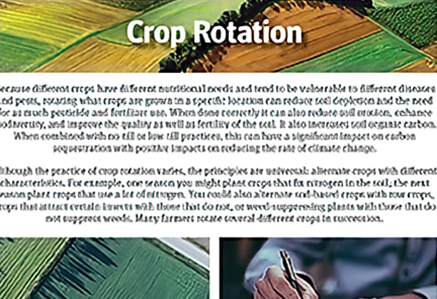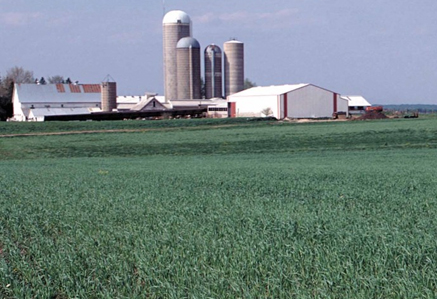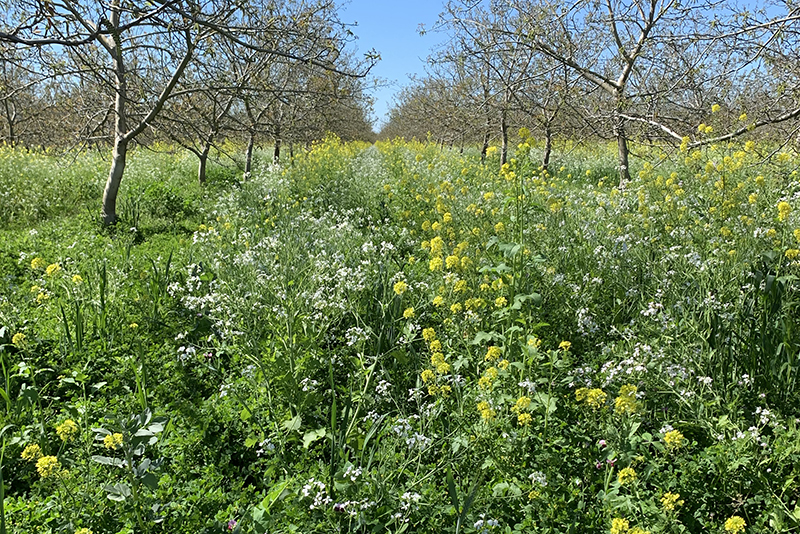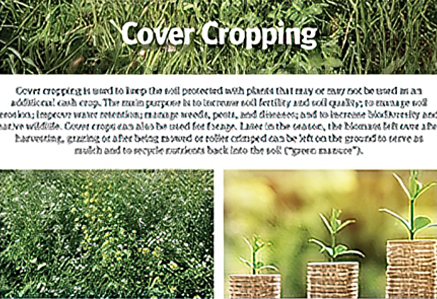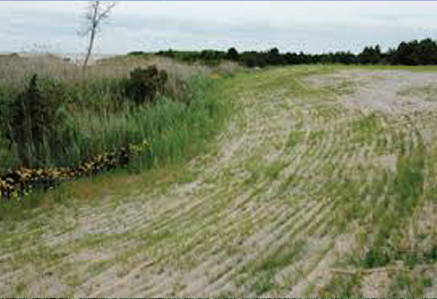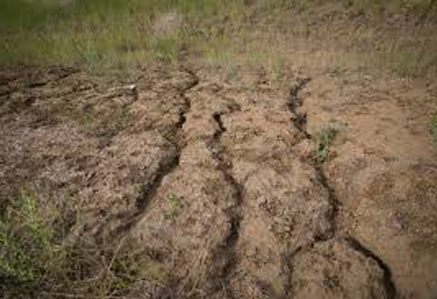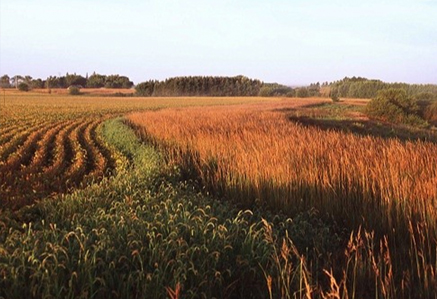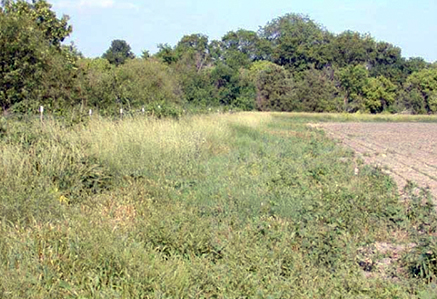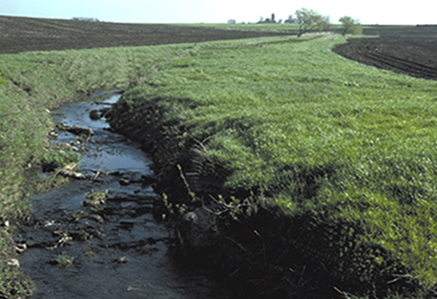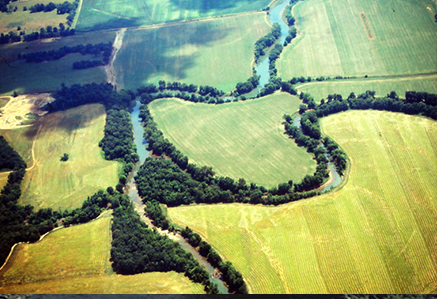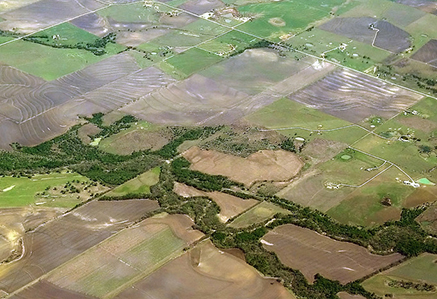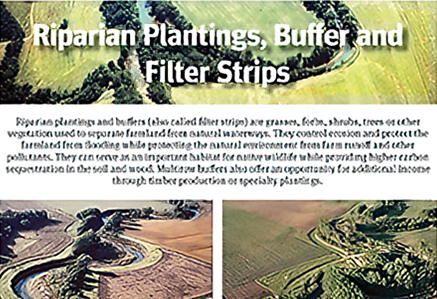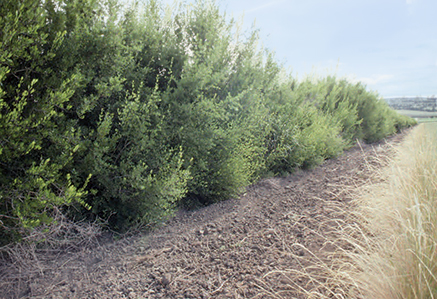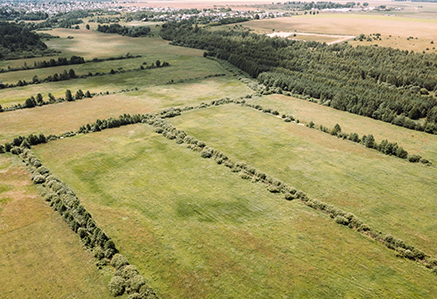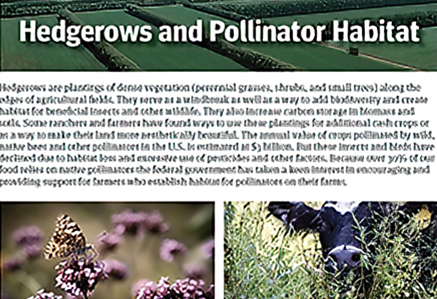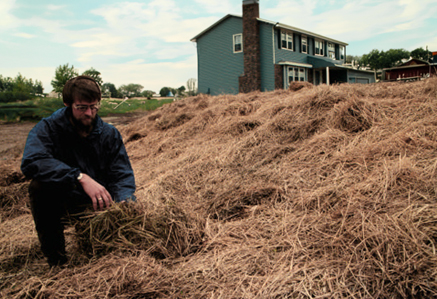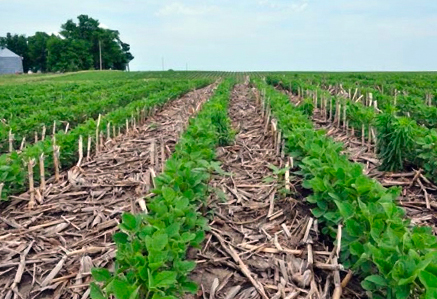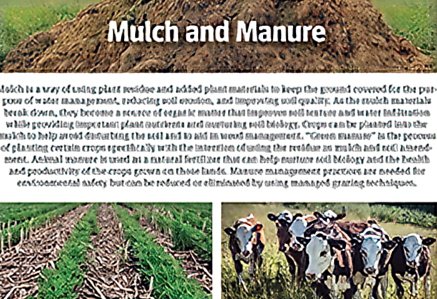
North Valley Food Hub Supported Conservation Practices

How to access funding for Climate Smart Agriculture:
North Valley Food Hub Team Builder Form(opens in new window)
Learn about the USDA NRCS conservation practices that the North Valley Food Hub provides support to implement with useful information about each one.
- Alley Cropping (NRCS #311)
- Conservation Cover (NRCS #327)
- Conservation Crop Rotation (NRCS #328)
- Cover Crop (NRCS #340)
- Critical Area Planting (NRCS #342)
- Field Border (NRCS #386)
- Filter Strip (NRCS #393)
- Hedgerow Planting (NRCS #422)
- Mulching (NRCS #484)
- Nutrient Management (NRCS #590)
- Pasture and Hay Planting (NRCS #512)
- Pest Management Conservation System (NRCS #595)
- Prescribed Grazing (NRCS #528)
- Range Planting (NRCS #550)
- Residue and Tillage Management, No Till (NRCS #329)
- Residue and Tillage Management, Reduced Till (NRCS #345)
- Riparian Herbaceous Cover (NRCS #390)
- Riparian Forest Buffer (NRCS #391)
- Silvopasture (NRCS #381)
- Soil Carbon Amendment (NRCS #336)
- Soil Health Testing (NRCS #216)
- Stripcropping (NRCS #585)
- Tree/Shrub Establishment (NRCS #612)
- Tree/Shrub Site Preparation (NRCS #490)
- Windbreak/Shelterbelt Establishment and Renovation (NRCS #380)
- Woody Residue Treatment (NRCS #384)
Alley Cropping (NRCS #311)
Alley cropping is the practice of planting crops in alleys between rows of trees, maize or other plants. This is often used to add another cash crop but it also reduces surface water runoff and erosion, improves soil health and fertility, reduces wind erosion, and can modify the microclimate for improved crop production.
Conservation Cover (NRCS #327)
Conservation cover is the practice of establishing and maintaining a permanent protective cover of perennial vegetation, soil and water resources on lands that will not be used for forage production. It reduces soil erosion and sedimentation, enhances wildlife habitat, and improves water quality. It can also be used to establish pollinator habitat.
Conservation Crop Rotation (NRCS #328)
Conservation crop rotation is growing a planned sequence of different crops on the same piece of land for a variety of conservation purposes. When done correctly, this practice can reduce soil depletion and the need for as much pesticide and fertilizer use. it can also reduce soil erosion, enhance biodiversity, increases soil organic carbon, and improve the quality as well as fertility of the soil.
Cover Crop (NRCS #340)
Cover cropping as a practice is growing a crop of grass, small grain, legumes, or multiple species primarily for seasonal soil protection and soil improvement. The plants may or may not be used as an additional cash crop. The main purposes are to increase soil fertility and soil quality; to manage soil erosion; improve water retention; manage weeds, pests, and diseases; and to increase biodiversity and native wildlife (such as pollinators).
Critical Area Planting (NRCS #342)
Field Border (NRCS #386)
Field borders are attractive strips of permanent vegetation established on one or more sides of a field. They reduce wind and water erosion, protect soil and water quality, assist in management of harmful insect populations, can provide additional cash products, and increase carbon storage in biomass and soils.
Filter Strip (NRCS #393)
Filter strips are areas of vegetation established to remove sediment, organic material, and other pollutants from cropland runoff and wastewater. In particular they are used to separate cropland from natural areas like waterways, protecting both the waterway from pollutants and the croplands from flooding.
Hedgerow Planting (422)
Hedgerows are plantings of dense vegetation (perennial grasses, shrubs, and small trees) along the edges of agricultural fields. They might include other cash crops or not. They most often serve as a windbreak as well as a way to add biodiversity and create habitat for beneficial insects and other wildlife. They also increase carbon storage in biomass and soils.
Mulching (Code 484)
Mulching is the the practice of applying plant residues or other suitable materials to the land surface. It is used to keep the soil covered, prevent erosion, improve moisture management, and improve soil quality.

